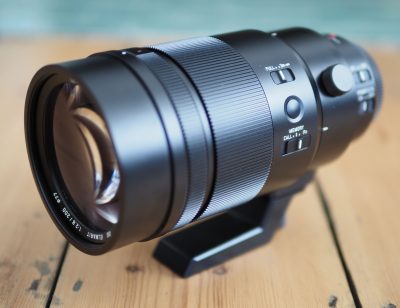Leica 200mm f2.8 review
-
-
Written by Gordon Laing
Quality
To compare the quality of the Leica DG 200mm f2.8 against the Olympus 300mm f4, I shot the following scene with both the lenses at all aperture settings; I also reshot it with the Leica DG 200mm fitted with the 1.4x tele-converter. I’ve cropped areas from the centre and corner of each image and presented them below at 100% for comparison.
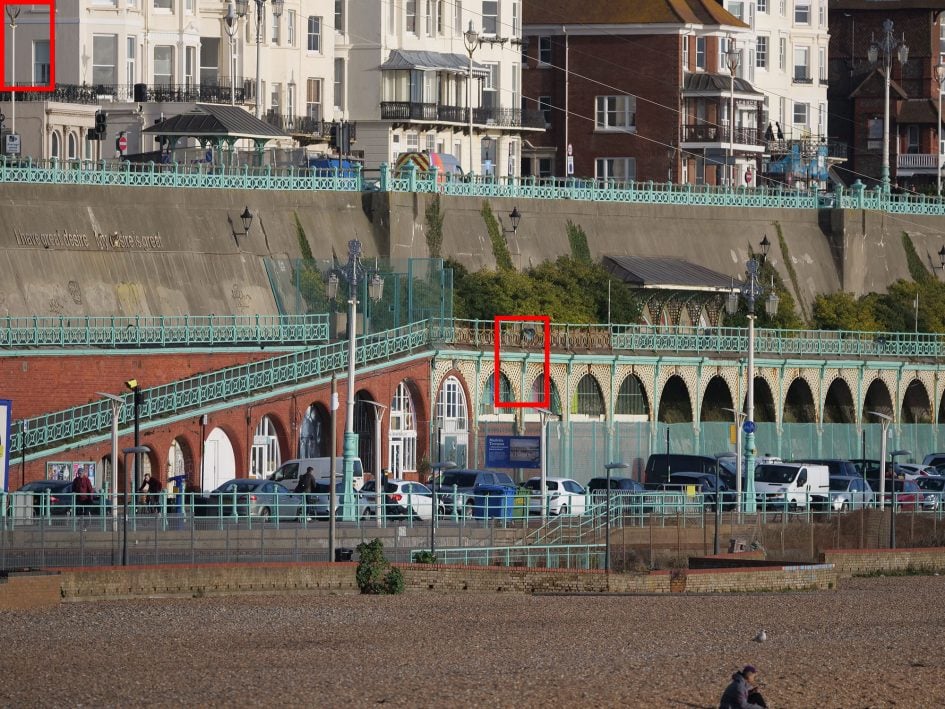
In the first table below you can compare crops taken from the centre of each image. From left to right you have the Leica 200mm f2.8, the Leica 200mm f2.8 with the 1.4x tele-converter attached and working at 280mm, then the Olympus 300mm f4. Since the focal length increases from left to right, you’ll see the field-of-view in the crops gradually decrease, although the difference between the Leica with its teleconverter at 280mm and the Olympus at 300mm is subtle.
The Leica 200mm kicks-off the table as the only one that’s available at f2.8, and right off the bat it delivers crisp results in the centre. Close it one stop to f4 and there’s arguably a fractional increase in sharpness, but the lens really is very usable wide-open as you’d hope given its premium bulling and price.
At f4, the Leica plus teleconverter are effectively using the lens wide-open, so there’s inevitably a slight reduction in ultimate crispness, but again close it by one stop (f4 on the aperture ring, but f5.6 effective with the tele-converter) and it improves. The Olympus 300mm is also wide-open at f4 where I’d say it enjoys a minor edge over the Leica plus teleconverter combination, but again it’s not a huge difference. At f4, the Leica lens by itself unsurprisingly enjoys a minor edge over the other two combinations thanks to being closed one stop. At f5.6 where the 200mm is closed two stops, or the 200mm plus teleconverter or 300mm are closed one stop, they’re all delivering a similar degree of sharpness. Meanwhile at f8 the story is the same although the effect of diffraction is beginning to show. I’d avoid f11 or smaller unless you absolutely need the increased depth-of-field or longer exposure time as the effect of diffraction quickly softens the overall quality.
In the second table below you’ll see crops from the far corner of the image. I’ve cropped the same actual corner of the image to compare the same portion of each lens, although due to the different focal lengths, you’ll see different actual real-life sections of the scene. As such, try to look past the actual subject content and instead judge the relative crispness of each crop.
I’d say the story with the corner crops is very similar to those from the centre: namely that the Leica 200mm f2.8 is very usable with its aperture wide-open and only gains a minor boost in crispness when closed a stop. Fit the teleconverter and any softness wide-open is magnified, so again it performs best stopped-down once to an effective f5.6. Meanwhile the Olympus 300mm f4 enjoys a very slight edge over the Leica plus tele-converter option wide-open, but once stopped-down even one notch they operate on a similar level.
While there are minor differences revealed by this test, they really are minor and when viewed in isolation there’s little to choose between them in terms of sharpness. The Leica 200mm enjoys the advantage of a brighter aperture to start with, so if you can shoot at f4, it has the benefit of being stopped-down one notch, but it’s reassuring how well it performs even fitted with the 1.4x teleconverter – there’s hardly anything between it working at 280mm f4 compared to the Olympus 300mm, and even less if you can stop them down.
Next check out my samples or final verdict using the tabs at the top of the page.
Check prices on the Panasonic Leica 200mm f2.8 at Amazon, B&H, Adorama, or Wex. Alternatively get yourself a copy of my In Camera book or treat me to a coffee! Thanks!
Leica 200mm vs Lecia 200mm with 1.4x TC vs Olympus 300mm: centre sharpness
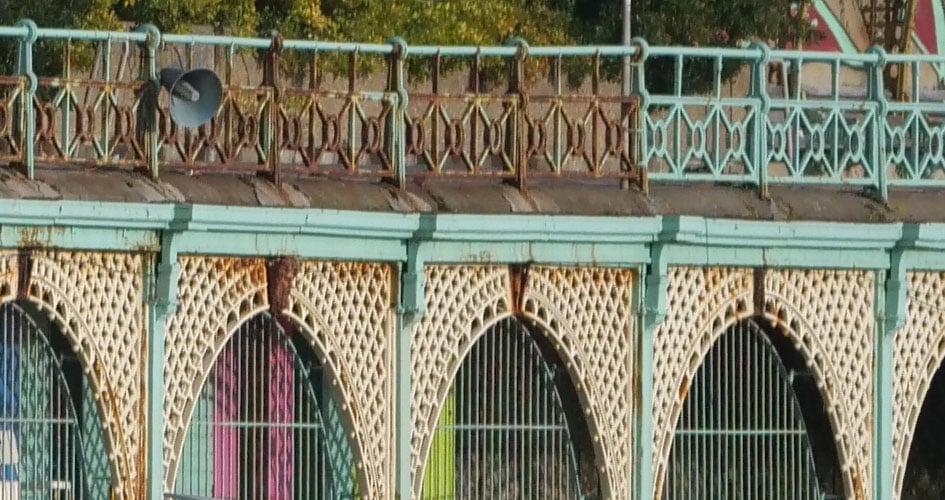
Above: Leica 200mm. 100% crop from centre at f2.8
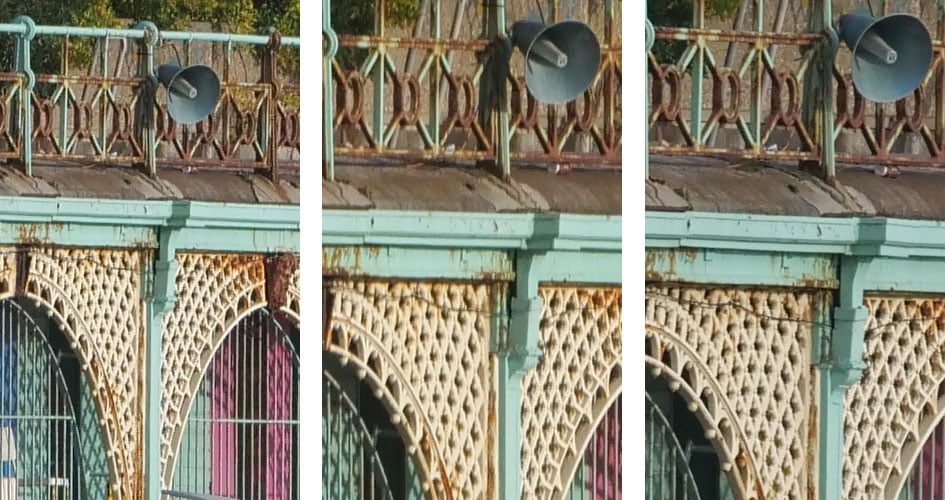
Above left to right: Leica 200mm, Leica 200mm and 1.4x TC, Olympus 300mm. All 100% crops from centre at f4
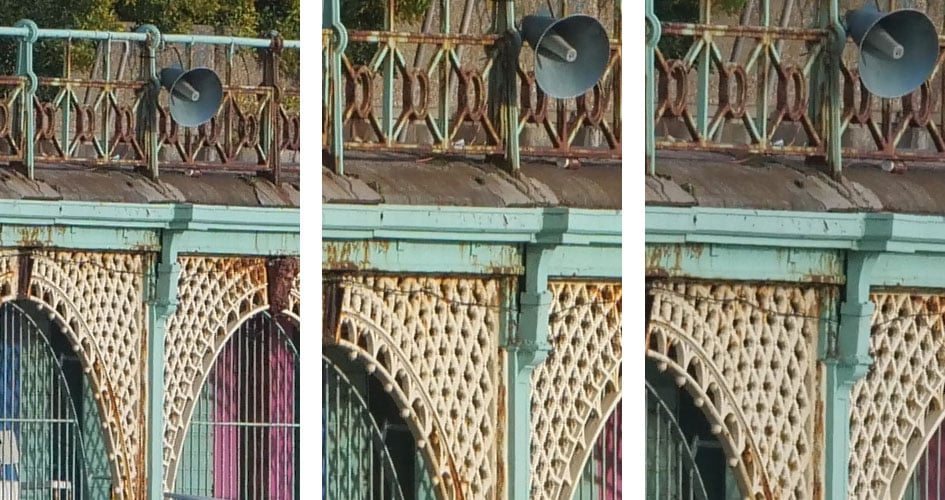
Above left to right: Leica 200mm, Leica 200mm and 1.4x TC, Olympus 300mm. All 100% crops from centre at f5.6
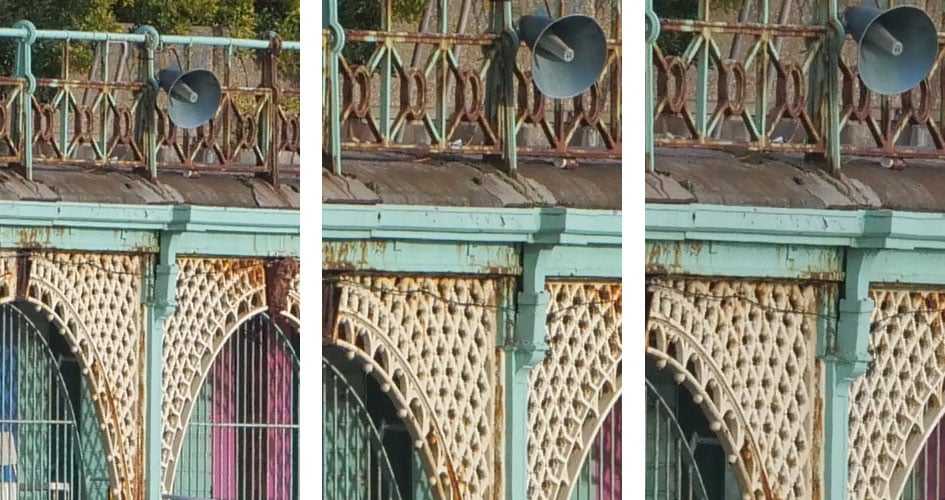
Above left to right: Leica 200mm, Leica 200mm and 1.4x TC, Olympus 300mm. All 100% crops from centre at f8
Leica 200mm vs Lecia 200mm with 1.4x TC vs Olympus 300mm: corner sharpness
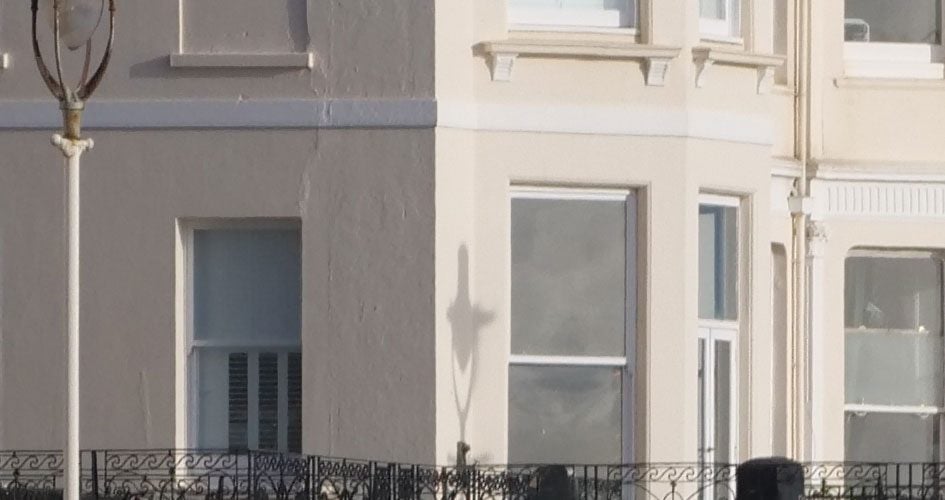
Above: Leica 200mm. 100% crop from corner at f2.8
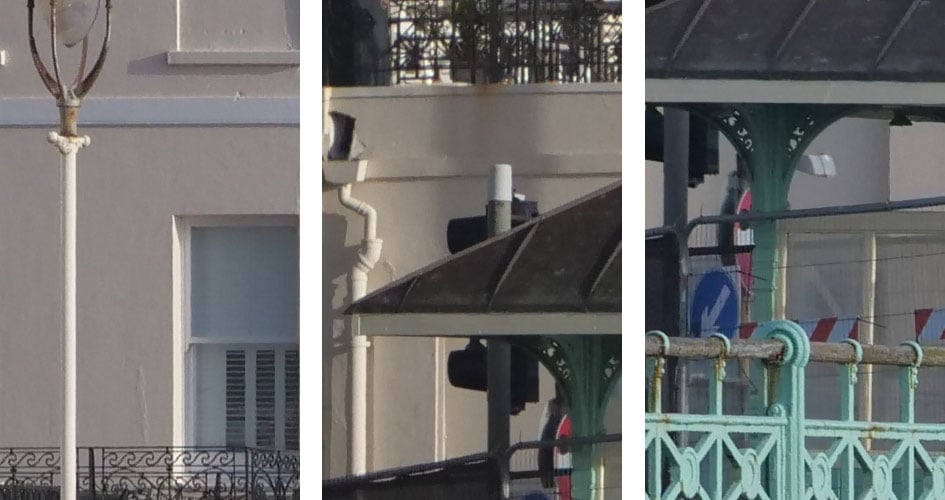
Above left to right: Leica 200mm, Leica 200mm and 1.4x TC, Olympus 300mm. All 100% crops from corner at f4
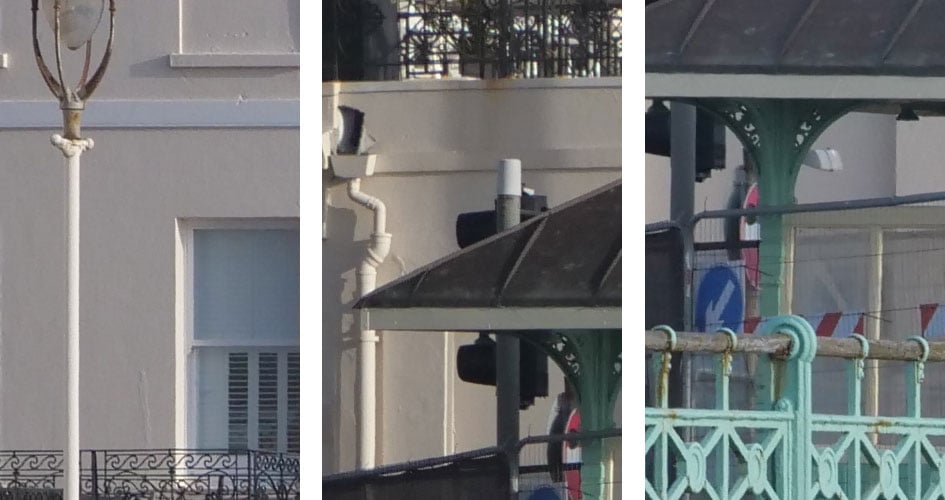
Above left to right: Leica 200mm, Leica 200mm and 1.4x TC, Olympus 300mm. All 100% crops from corner at f5.6
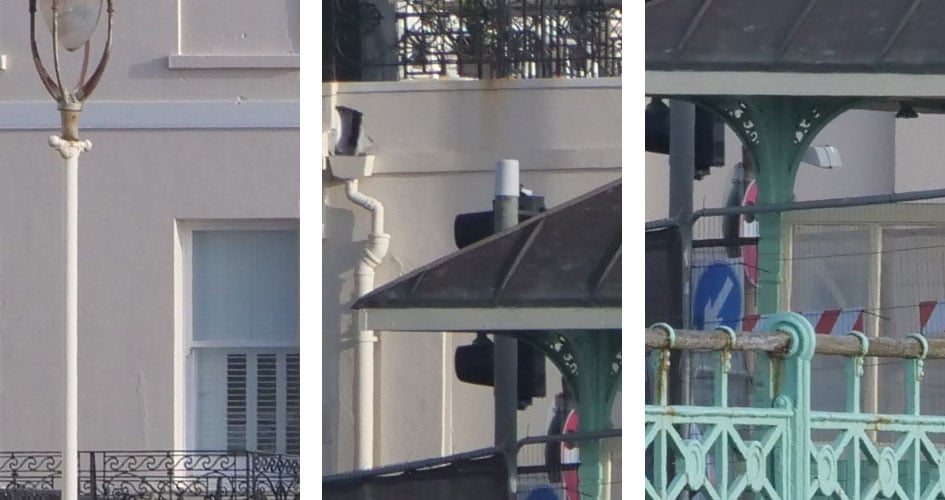
Above left to right: Leica 200mm, Leica 200mm and 1.4x TC, Olympus 300mm. All 100% crops from corner at f8
Check prices on the Panasonic Leica 200mm f2.8 at Amazon, B&H, Adorama, or Wex. Alternatively get yourself a copy of my In Camera book or treat me to a coffee! Thanks!




